Best TPU inner tubes 2025 - ridden and reviewed: which plastic inner tubes you can trust in a pinch
Lightweight, low-rolling-resistance benefits of tubeless setups, with the convenience, reliability, and simple maintenance of traditional tubes.


Matt Ischt-Barnard
Sitting neatly between tubless set-ups and traditional tubed bike tyres, the best TPU inner tubes can become a high-performance option.
More robust than the fragile latex tubes, TPU (Thermoplastic Polyurethane) inner tubes can be significantly lighter than traditional inner tubes (butyl), up to 70% lighter. This not only reduces rolling resistance, but when paired with the best road bike tyres, can provide a smoother, quicker ride feel.
We still know that most road cyclists still aren't riding tubeless, making these a great performance option. If you have converted to a tubless tyre set-up, you'll still find that their compact size also makes them ideal spares, a must-have carry now that we're in the midst of the puncture season of autumn and winter.
They also offer surprisingly good durability, puncture resistance, and some are easy to patch with self-adhesive repairs.
So read on for our pick of the best on test from a range of brands. The standout performance came from Vittoria, which just pipped Revoloop with its ride quality.
All testing was conducted on 35mm/1.3" tyres, which offer a good balance for running with both the best road race bikes and best endurance bikes tyre options.
Quick List
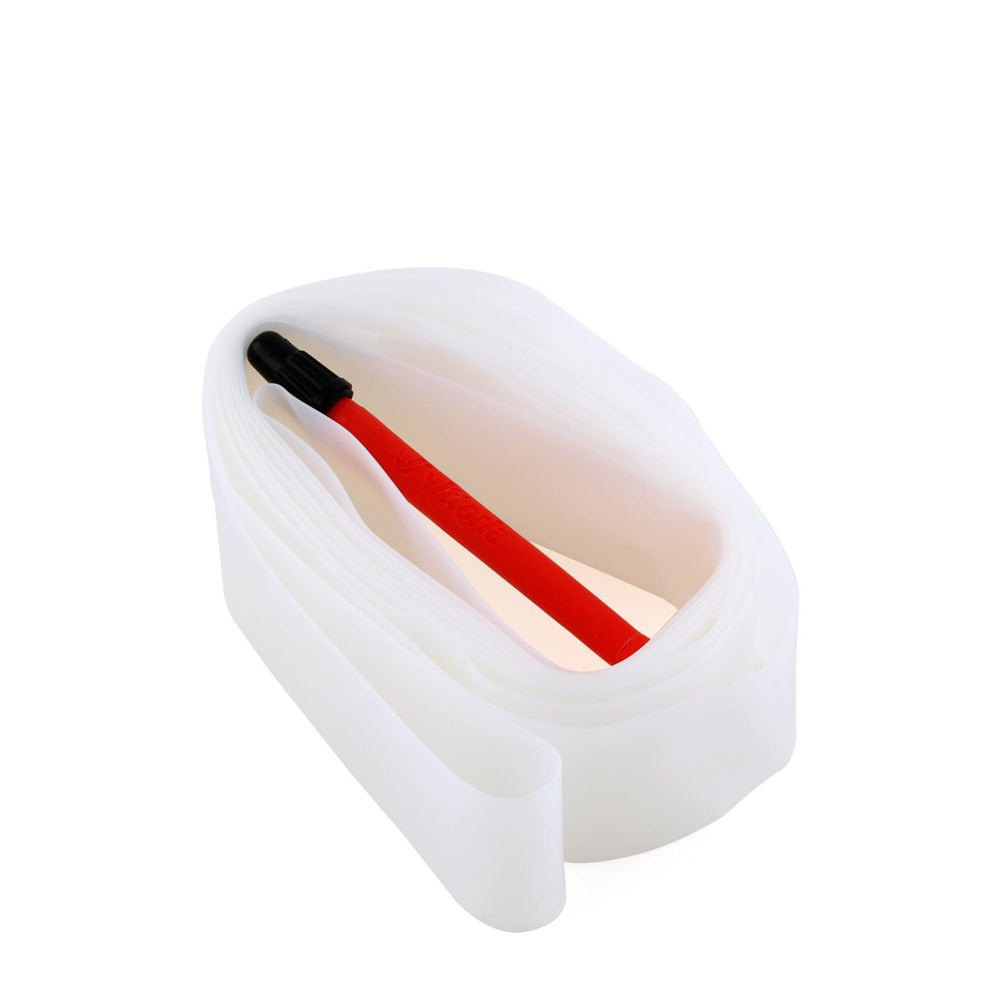
Just pipping the Revoloop to the top spot for offering slightly better value. Both shone throughout testing, with the Vittoria really shining in terms of riding quality.
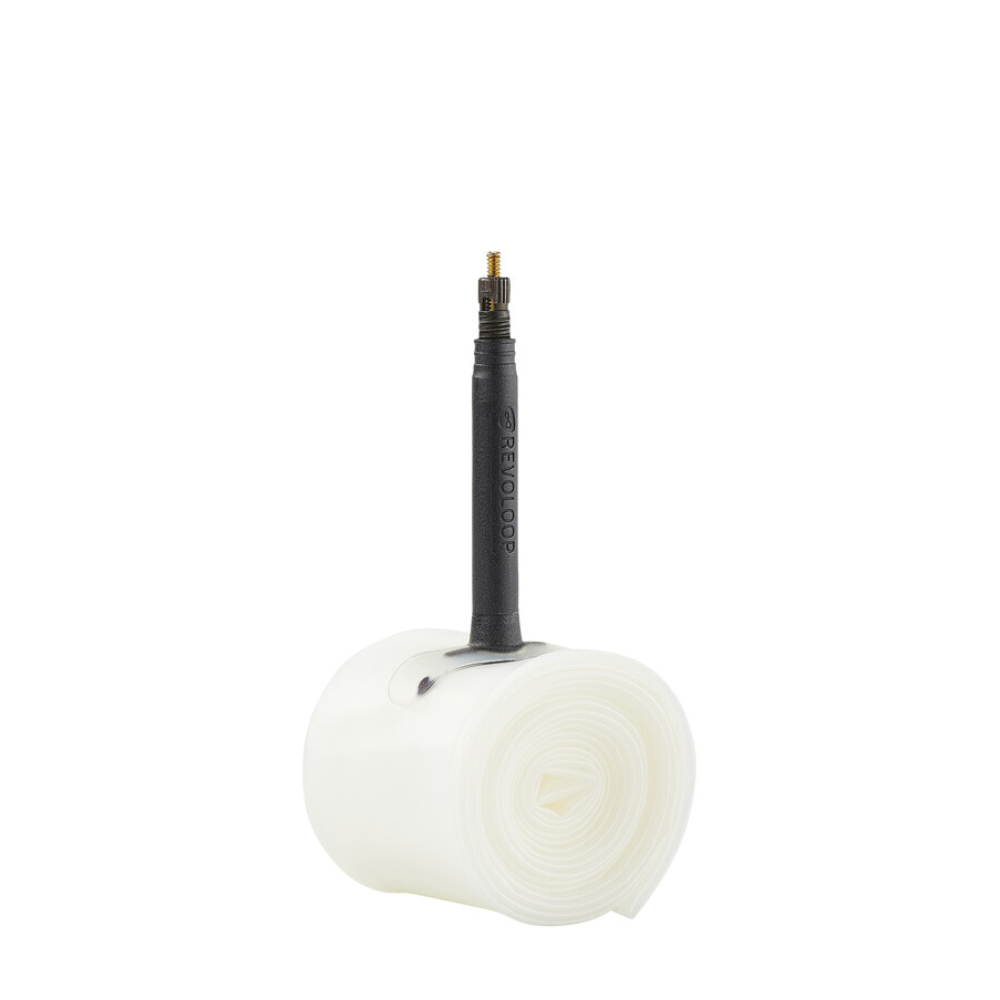
Regarding ride quality and suppleness, Revoloop is on par with Vittoria and even offers a broader range of sizes. It came down to Vitorria being a more well-known entity and widely available through online and brick-and-mortar retailers.
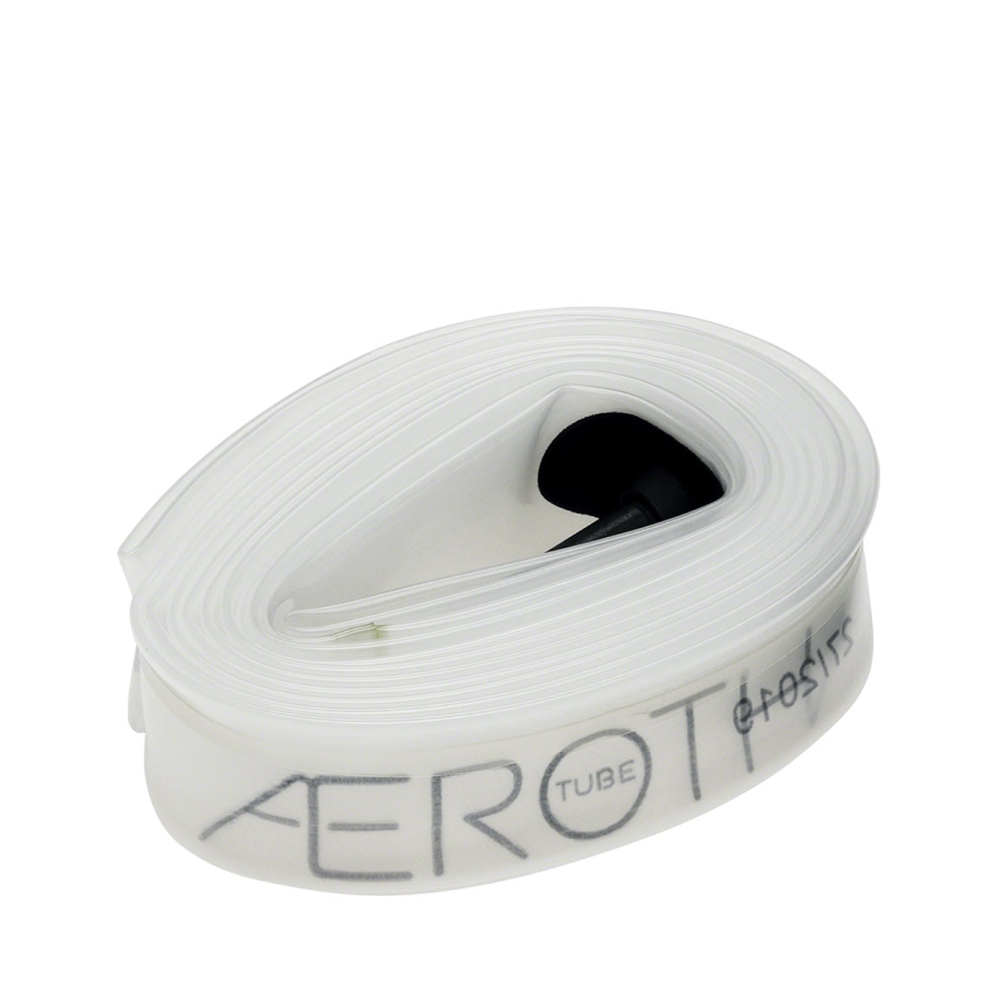
Aerothan tubes provide an excellent all-around option, balancing weight, durability, and overall cost. They may be the perfect spare for a tubeless user or for a winter wheel/bike setup.
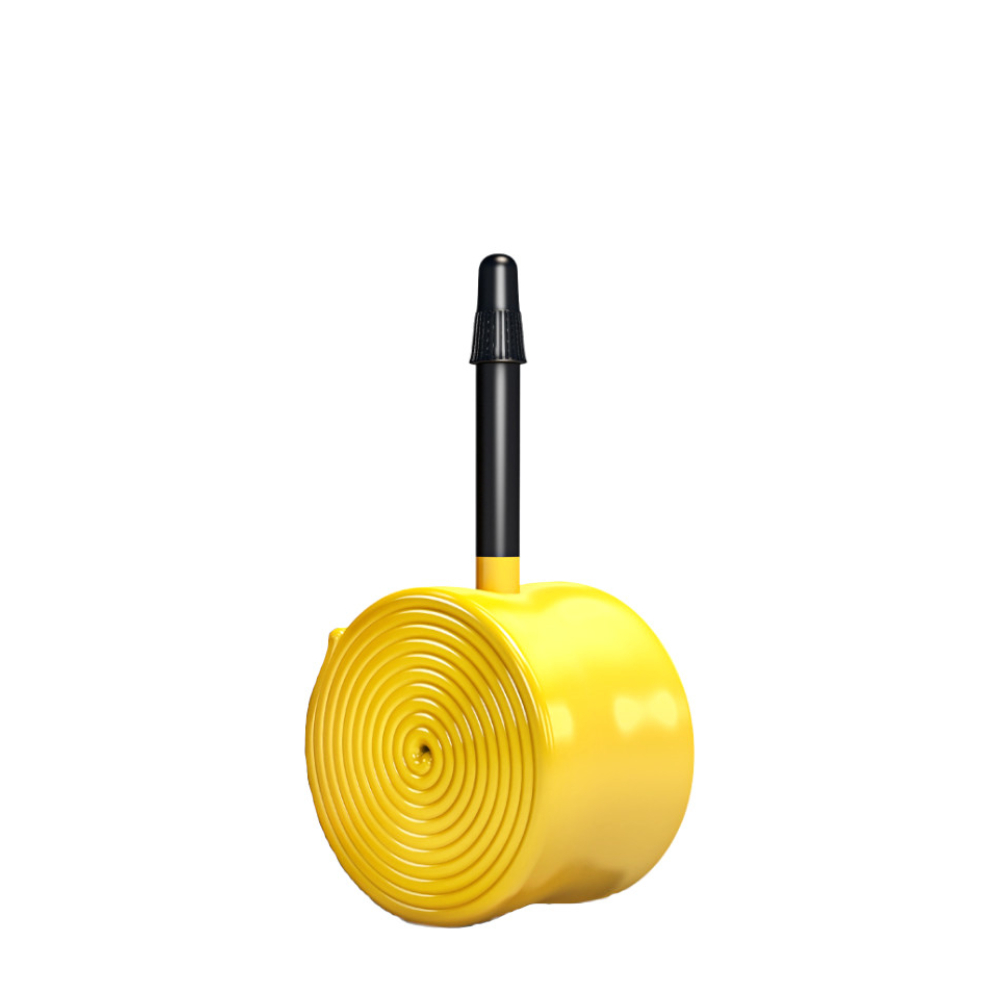
While the variants we tested didn't match the ride feel of Tubolito and Vittoria, Pirelli offers a wide range of options. The Cinturato SmarTube's durability makes it ideally suited for gravel and all-road riding.

It is certainly not the most durable, but for those looking for performance, gaining some watts, and feeling like they have a constant tailwind, the S-Tubo Road is worth extra cash when paired with a fast, lightweight tyre.
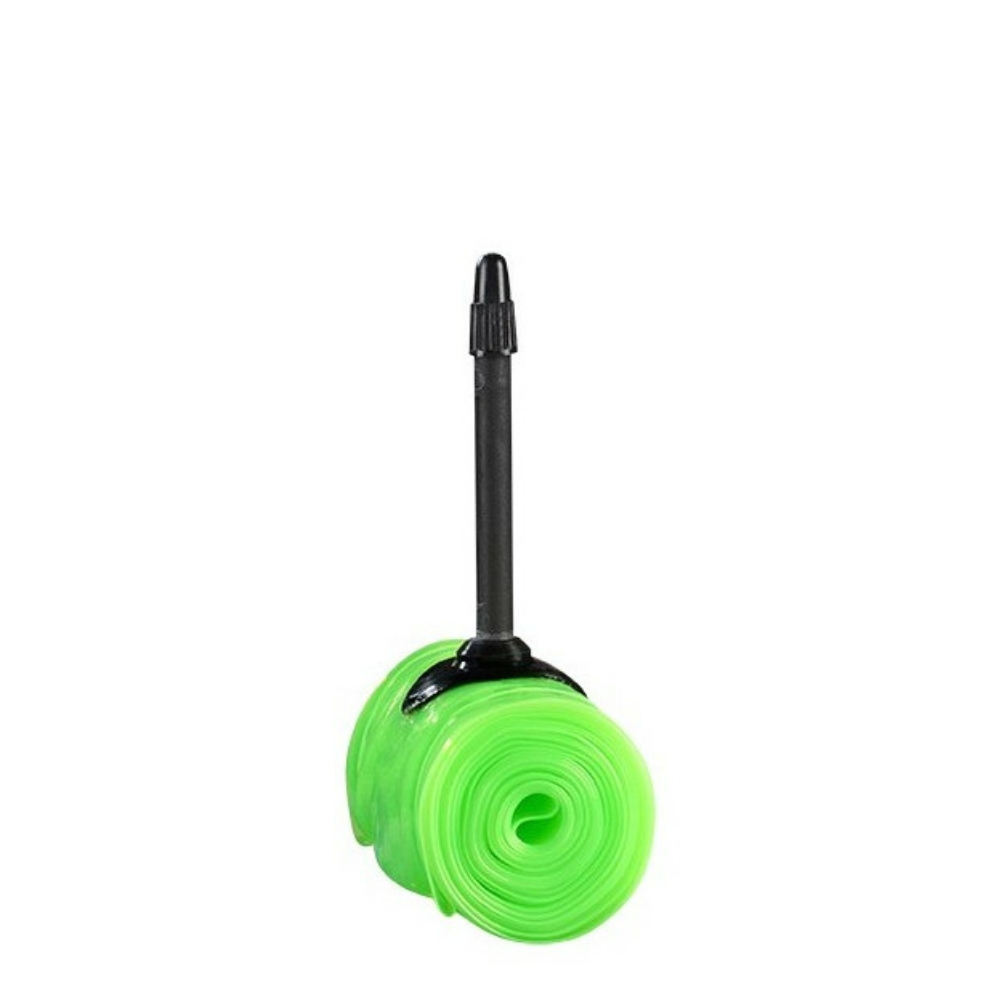
It is difficult to distinguish Schwalbe from Barbieri. If you are looking to make a conscious change to TPU, I think most will likely choose Schwalbe. However, at full price for those taking a gamble, you can save $/£ with Barbieri.
Ridden, punctured & Rated - Six of the best TPU inner tubes
Best Overall
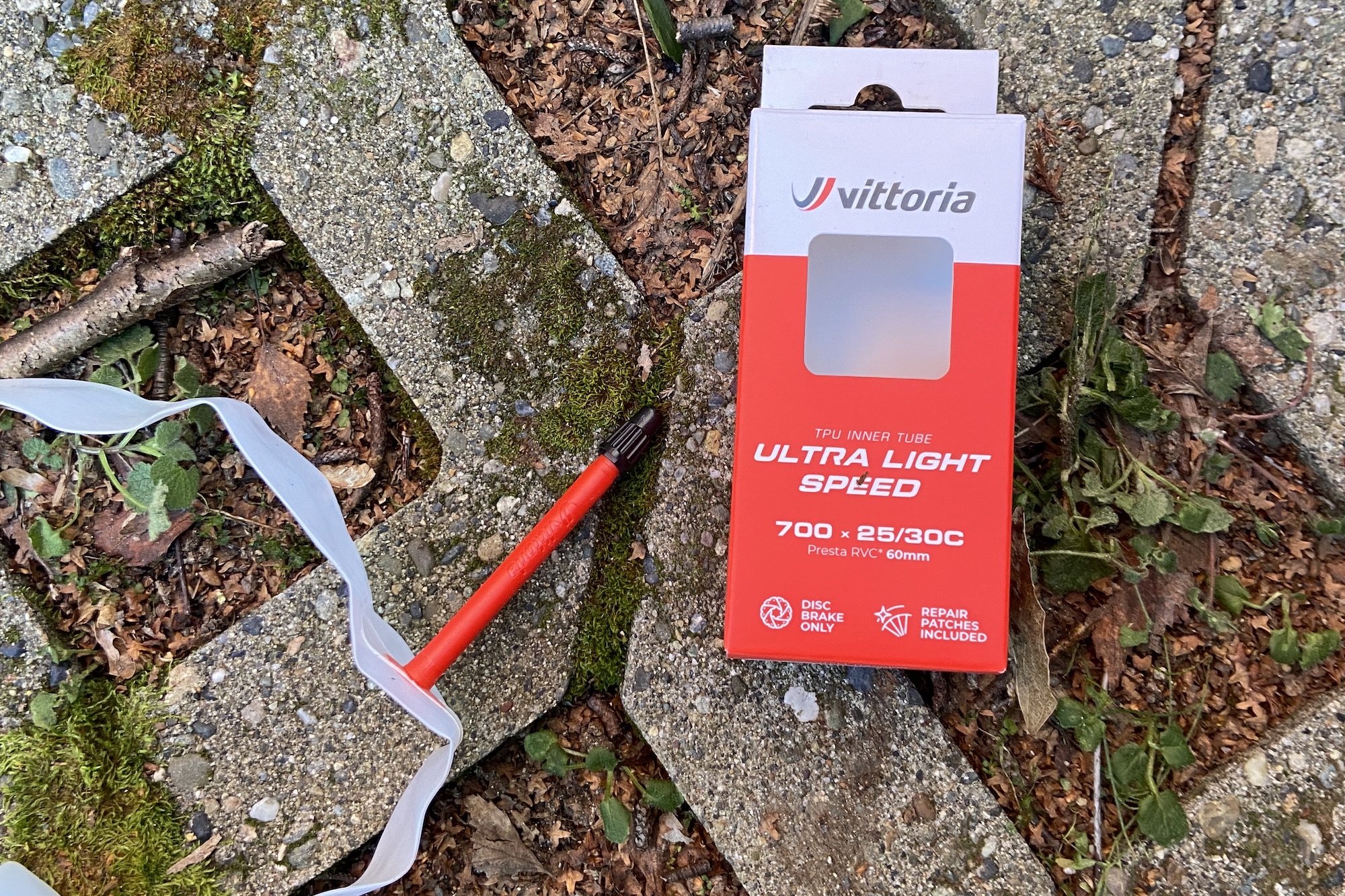
2. Vittoria Ultra Light Speed
Our expert review:
Specifications
Reasons to buy
Reasons to avoid
Vittoria claims its Ultra Light Speed TPU inner tubes reduce rolling resistance by 14% and weight by 70%. At just 30 grams/1 ounce, they are certainly light, only beaten by the Tubolito S-Road in that regard.
While I can't verify Vittoria's 14% claim, the Ultra Light Speed and Revoloop tubes really impressed me with their super-low rolling resistance, giving me the feeling of bolting on some ultra-lightweight, expensive climbing wheels.
The supple nature of the material, combined with a lightweight tyre, makes you feel like you are floating on a cloud, the closest sensation to a Tubular setup I have come across from a tyre and tube.
Frustratingly, the Vittoria is only available in one size and at £30/ $38 is in the upper tier price point. As road tyres are only getting wider, I am concerned that these 25-30c-sized tubes are a little behind the competition.
However, the Ultra Light Speeds are repairable, and the reinforcing and protection around the valve are reassuring.
Most Durable
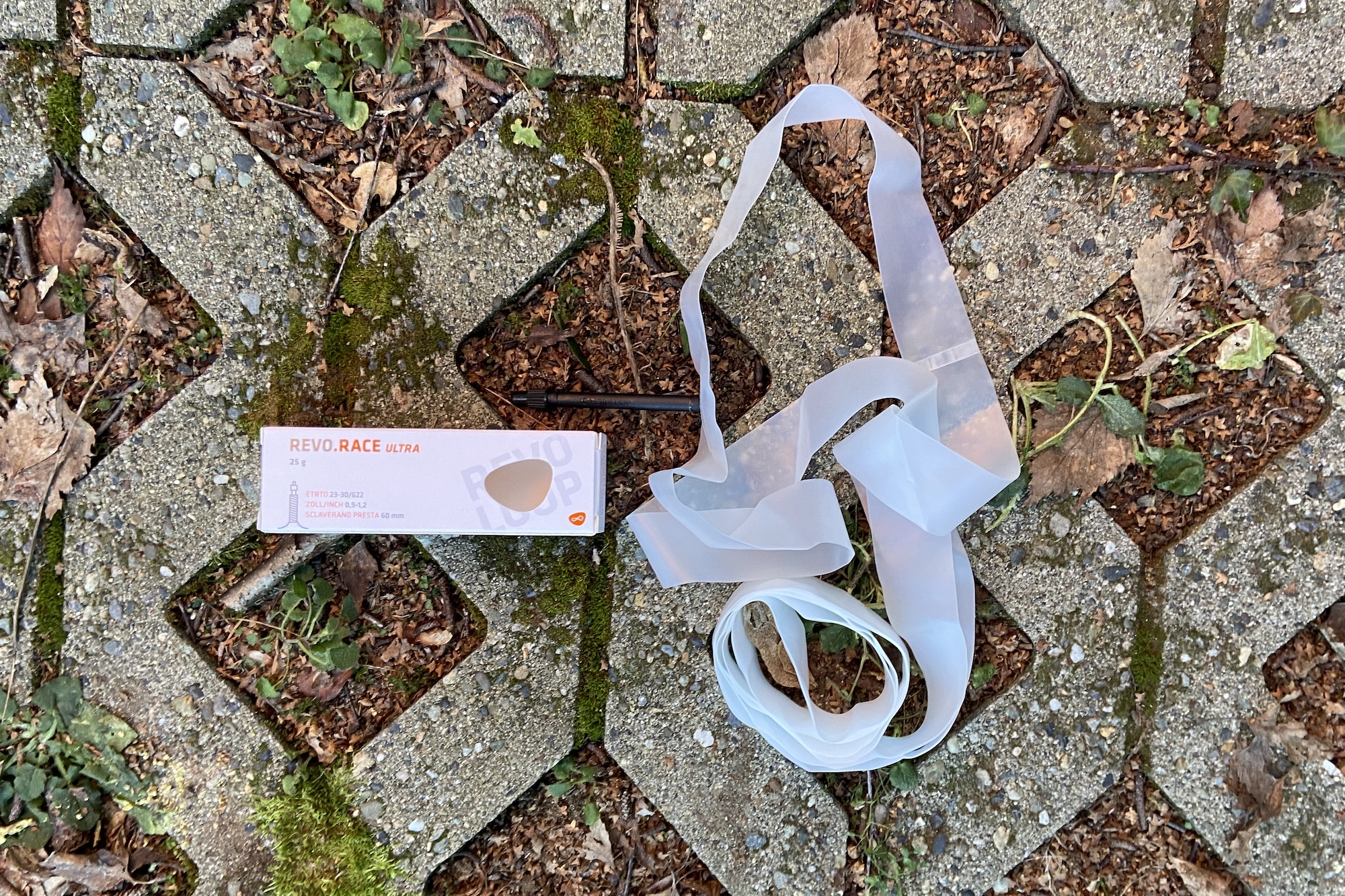
2. Revoloop Ultra
Our expert review:
Specifications
Reasons to buy
Reasons to avoid
The Revoloop REVO.RACE ULTRA almost has it all: It's light, at just 26 grams/0.9oz, and its ride quality is superb and certainly on par with that of much more costly systems like tubular.
Neat touches like a removable, reinforced thermoplastic valve are welcome additions over the others on test. It even feels the most robust when compared to all the other brands I have tested, including the Vittoria, which has a similar construction. Good to know if you have to fix a puncture or patch the tube.
Despite puncturing the gravel version of this tube while trying to seat a tubeless tyre, it only went once it had hit the 120psi mark, well above its recommended maximum pressure. I would recommend reading all about how to demystify tyre pressures before trying this at home, but it's a good demonstration of its overall durability.
While Revoloop does offer a greater variety of sizes in the Revo Ultra range, and it's even cheaper at around £28/$37, I ultimately had to decide between it and the Vittoria for the best overall, and that decision favoured Vittoria. This is really for one primary reason: Vittoria is a well-known entity among those who ride bikes; you’ve likely ridden or owned their tyres. They receive substantial support online and from brick-and-mortar retailers, making it more likely you can find a replacement, get service for any failures, or pick up some patches.
Best value
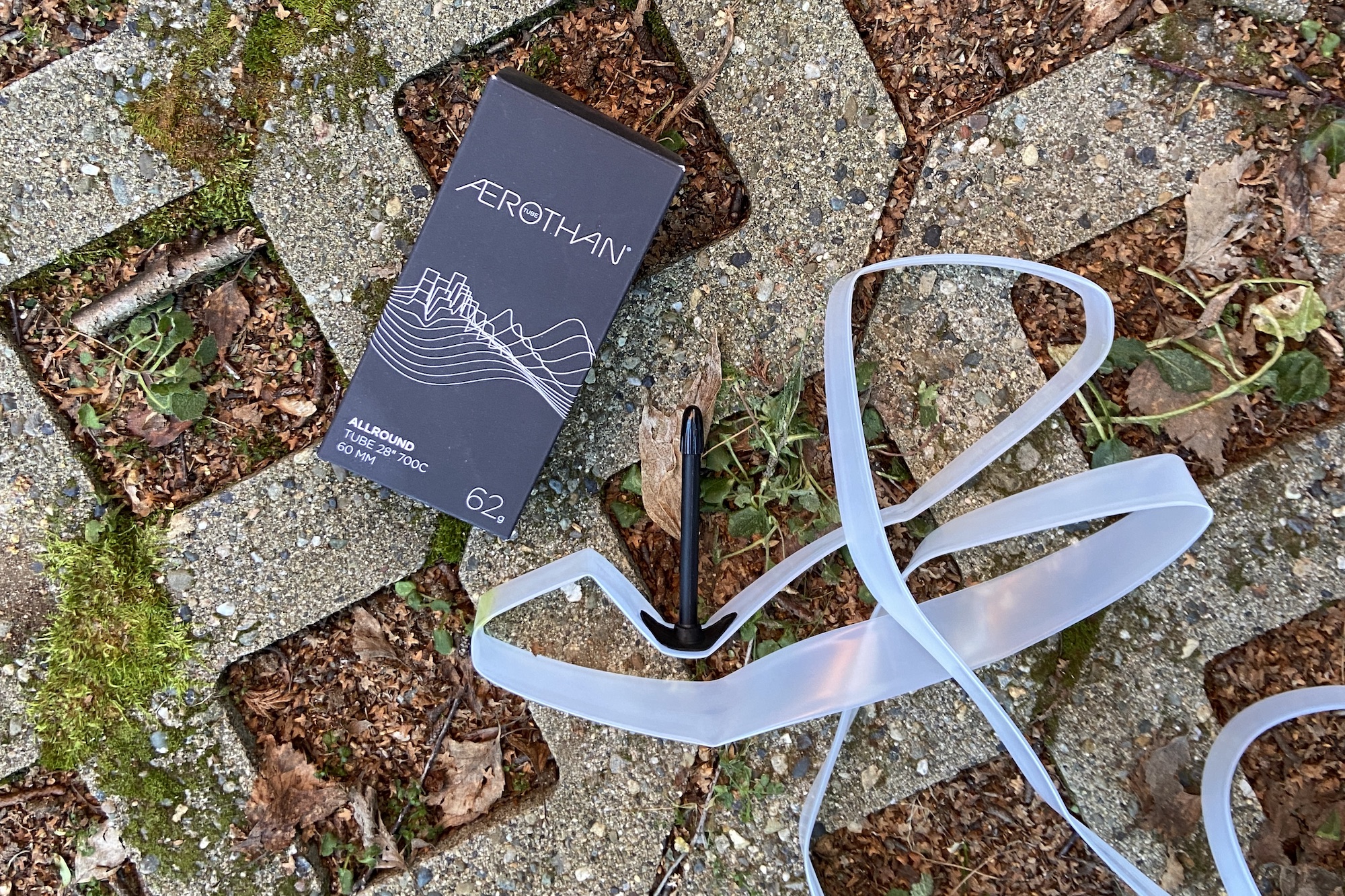
3. Schwalbe Aerothan
Our expert review:
Specifications
Reasons to buy
Reasons to avoid
While the Aerothan tubes from Schwalbe don't stand out on the spec sheet as anything special, they do offer a pretty reasonable all-around package. They are not the lightest, but certainly not the heaviest, and they are not the fastest, but certainly not the slowest. You get where I am going with this.
One thing is for sure: the Schwalbes were very easy to install, a big win if you do happen to puncture on a ride. The texture of the Aerothan tubes somehow helps locate the tube nicely, allowing the tyre to slip past it and pop into place. This could make them a great spare tube for roadside changes.
As I mentioned, while it is on the heavier side, this could be thanks to a much more reinforced valve stem. This is a common issue with all TPU inner tubes, and Schwalbe has clearly looked to tackle it. They have even added a decent amount of shaping to ensure it's a good fit.
If that wasn't enough, they are also one of the cheapest too at around the £16/ $32 a tube price mark.
Best for Gravel
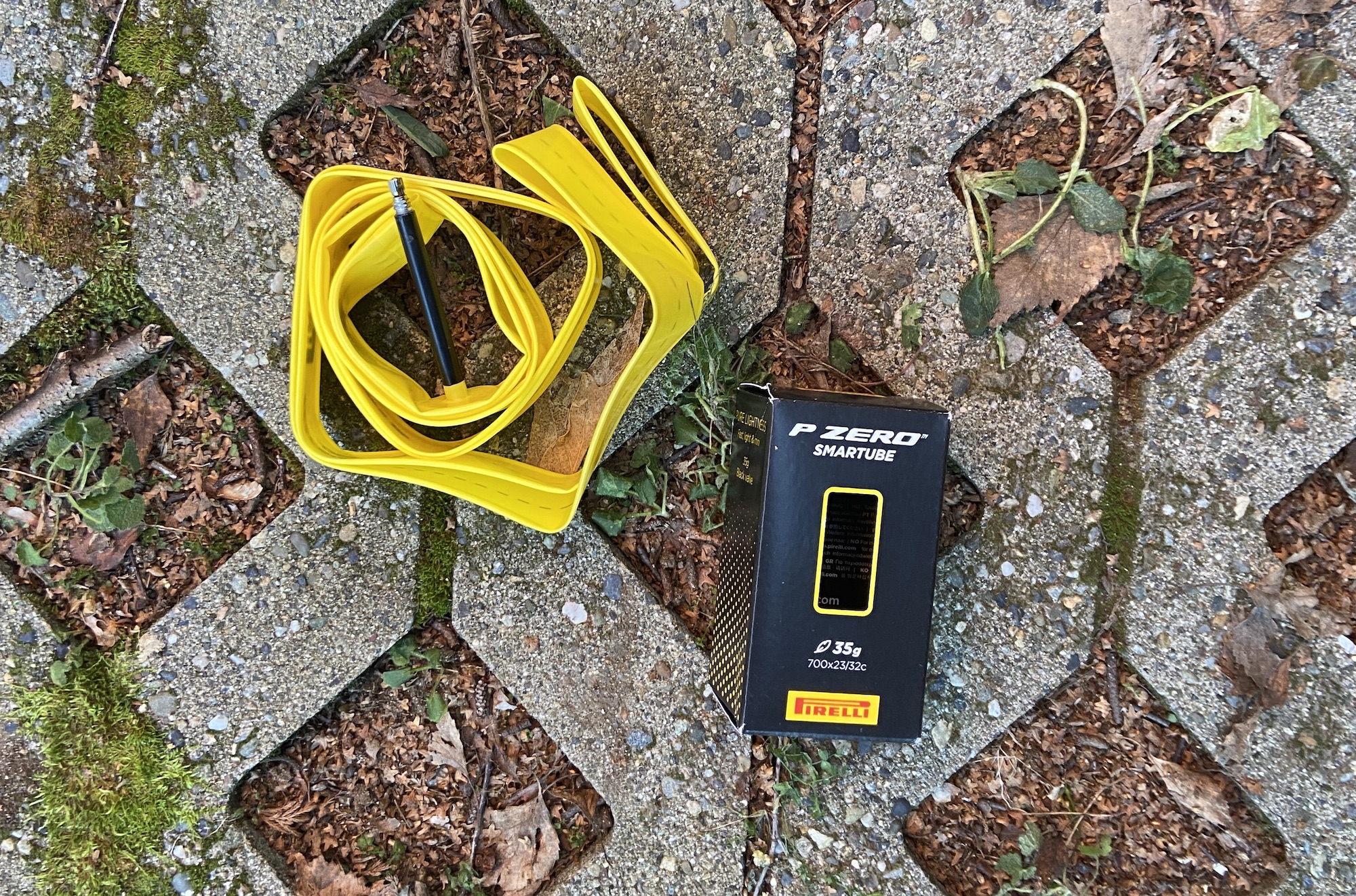
4. Pirelli Cinturato SmarTube
Our expert review:
Specifications
Reasons to buy
Reasons to avoid
Aside from the signature yellow Pirelli colourway, everything about the Cinturato Smartube looks identical to the road version of the Tubolito; they even originate from the same place.
What seems to differ, though, is the weight and price. Pirelli has clearly chosen a more robust construction, which, in reality, means it is a thicker material. That's not a bad thing; while the narrower options don't quite match the Tubolite, Vittoria, and Revoloop tubes for ride quality, they are ideal for gravel, where durability is as important as suppleness. You could choose the Pzero version in the range and get a weight drop, but then the cost becomes the limiting factor. But as we know it's not just weight or aero that is important when riding gravel.
It's worth noting that unless you can find a deal, you're probably looking in the region of £27/ $38 a tube for the regular version and £35/ $40+ for the PZero one.
That only covers the Cinturato versions of the SmarTube. Once you swap to the PZero SmarTube, the weights drop, and the suppleness seems to return to a similar level to the S-Tubo.
Pirelli arguably offers the broadest range of TPU inner tubes with no less than six different versions, depending on your requirements. So, if what we have reviewed here doesn't suit your needs, they offer lighter and even MTB sizes, which is a good to know for some gravel set ups.
Best for ride feel

5. Tubolito S-Road
Our expert review:
Specifications
Reasons to buy
Reasons to avoid
Being the lightest on test and one of the cheapest at around £29.99/ $32 —at least in the road version—has a significant impact on the ride. The Tubolito truly offers an extraordinary feel, giving the tyre a lovely softness that is hard to find in many tubeless setups. It also made me feel as if I were flying, the whole time thinking I must be with the wind, but I wasn't.
I wasn't as taken with the CX/Gravel version, as these are significantly heavier, which, while I am certain this adds more durability, seems to defeat the purpose of a TPU inner tube. The Pirelli would be the better option here.
The valve stem is a little vulnerable. Despite my best efforts to mitigate wobbling whilst pumping, it seemed my efforts were in vain, and I consequently broke it off, leading me to reach for a good old Butyl tube. Probably best to plump for one of the best electric bike pumps to prevent a similar mishap.
Most reinforced valve
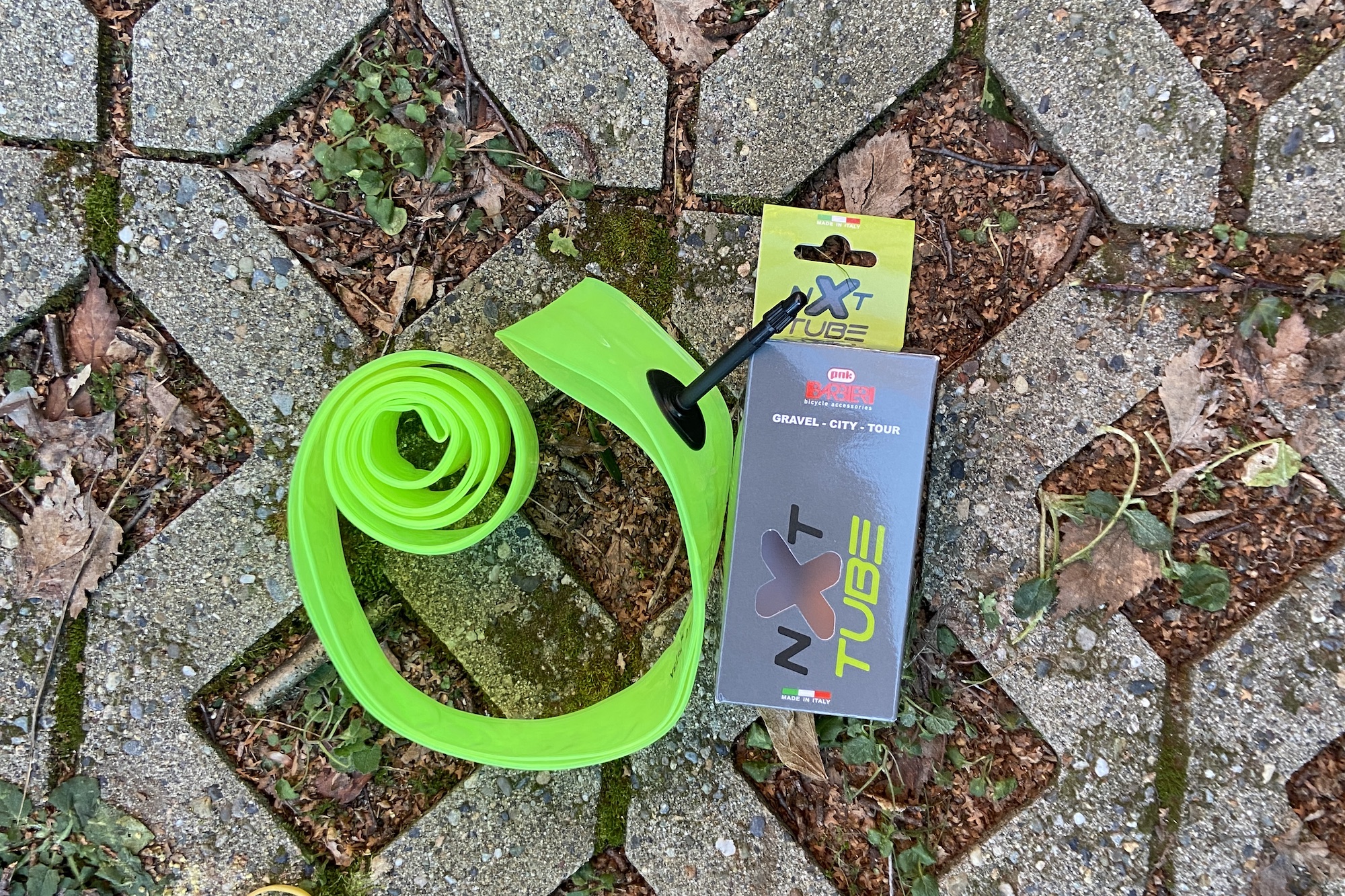
6. Barbieri NXT
Our expert review:
Specifications
Reasons to buy
Reasons to avoid
The similarities to the Schwalbe are hard to ignore. Although the NXT tubes don't offer a headline attribute, they didn't cause me any issues. What they do offer, though, is a considerably lower cost at less than £25/ $27, making these at least £5/ $10 cheaper than the Vittoria Ultra Light.
This does mean the Barbieri is still almost double that of a latex tubes, but with the ability to patch, it is significantly more durable and therefore arguably more sustainable than a one-and-done option.
One thing that stands out about the NXT tube is the valve reinforcement and shaping. Again, this could make it ideal as a spare tube, and considering its even lower cost than the Schwalbe, it might be worth the punt.
Also tested
I know that colour has nothing to do with performance, but the parcel-tape brown of WTB’s NanoAir TPU tube doesn’t exactly scream cutting-edge. However, aside from irrelevant aesthetic details, the NanoAir is impressively light, with the road version weighing a scant 34g/ 1.19oz, and is repairable. The WTB tubes fall short in two key areas: limited valve length options and, unless you can find a deal, one of the highest priced without standout performance.
Methodology - How I tested
My testing was conducted solely on 35mm/1.3" tyres, fitted to an all-road/endurance road bike. I felt this was a good way of covering all the bases. At this size, I could fit thicker, more 'gravel' focused tubes, and given road is creeping up to 30/32mm, I could comment easily on ride feel and suppleness without having to factor in different tyre qualities.
A large amount of my testing involved musing and considering the more subjective qualities of TPU inner tubes, whilst covering a significant distance. This doesn't mean I didn't conduct quantitative testing; it was more about establishing a baseline and gathering comparative data to inform my overall opinions, rather than relying on hard factual references. This is mainly because real-world testing conditions are challenging to gain consistency with, and with a lack of accessible lab condition facilities, more people will find those real-world experiences more relatable in this scenario.
One data set and the most considerable number crunching I did throughout testing was constant experimentation with tyre pressure. Due to the different thicknesses of the tubes, they all ran better at quite different levels of pressure, for better or worse. I began by checking the Wolf Tooth Tyre Calculator suggested values and comparing them to my previous results with latex tubes before making any adjustments.
Meet the tester

Hey! I am Tyler Boucher. I am a former (and occasionally still am) bike racer based in the Pacific Northwest. I have written for several publications across Europe, the UK and North America, covering bicycle tech and reviews. While I appreciate the details and numbers, I would rather discuss how they impact ride quality and the rider, helping people break down the complicated and sometimes incomprehensible world of bicycles.
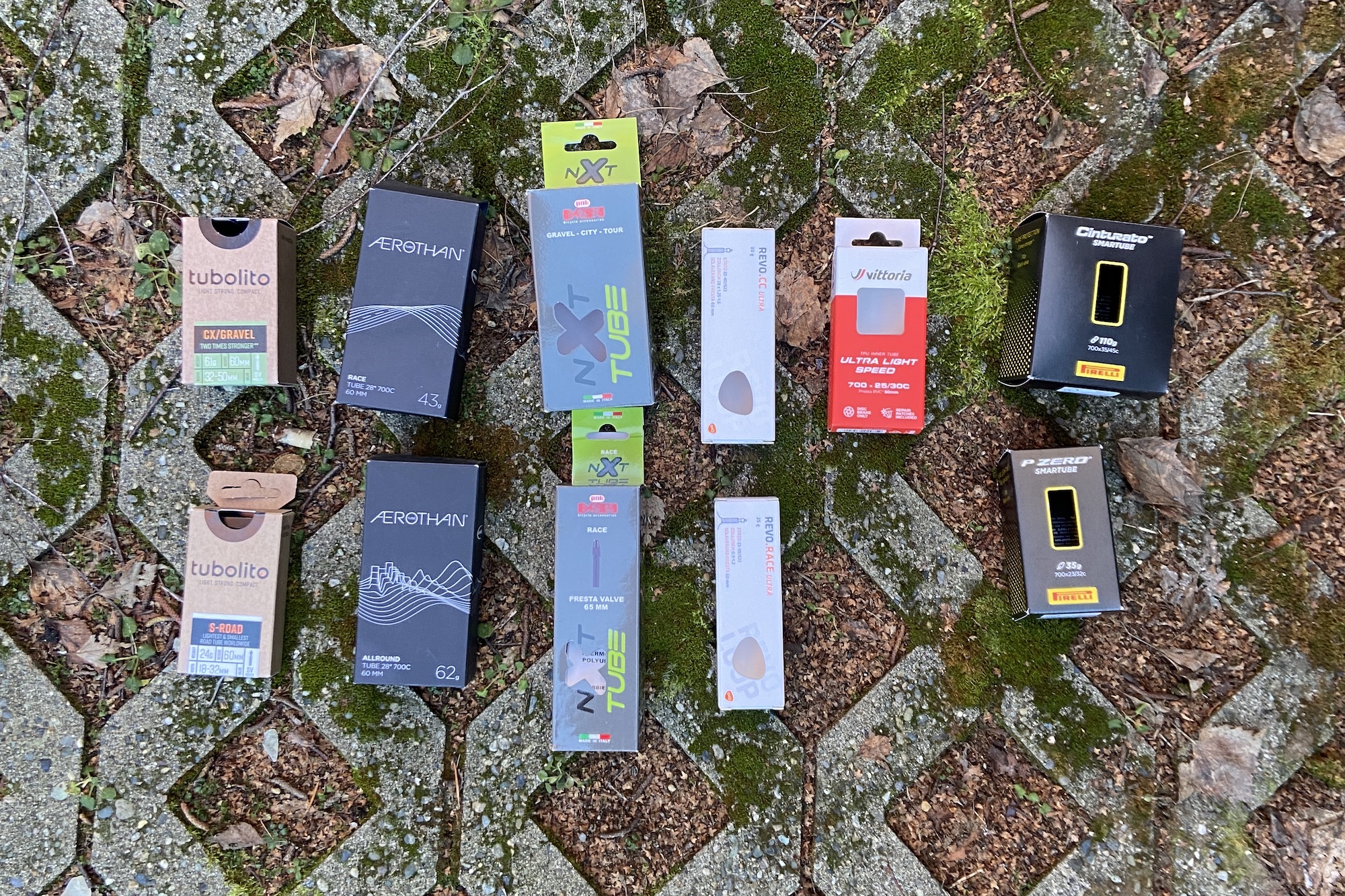
Verdict
The Vittora won the ‘best TUP overall’ title, as it scores highly across a wide range of categories, including weight, ride feel, and durability. It is one of the pricier options, but it genuinely feels like a good alternative to going fully tubeless, with its superior ride feel.
However, it's important to remember that it's 'horses for courses' with TUP inner tubes. You might find that opting for the Revoloop Ultra for best durability, or the Pirelli Cinturato Smartube, with its multiple widths and valve lengths, is a much better option for your riding, especially given that they are all around the £ 27-£30/$36-$38 price points.
If cost is your most significant driver, then the Schwalbe Aerothan can't be beaten at around half the price of the others, and it still offers durability, a choice of widths, and valve lengths, making it hard to beat on value.
Taking a much broader view on the overall value of TPU inner tubes versus the much cheaper regular butyl ones, there is no denying that you have to put your hand in your pocket. However, the ride quality on some of the best in this guide is as close to riding a tubular set-up as you can get, which, knocking on the door of around £100 a pop, makes even the top-end options look like a total bargain!
How to choose the best TPU inner tube
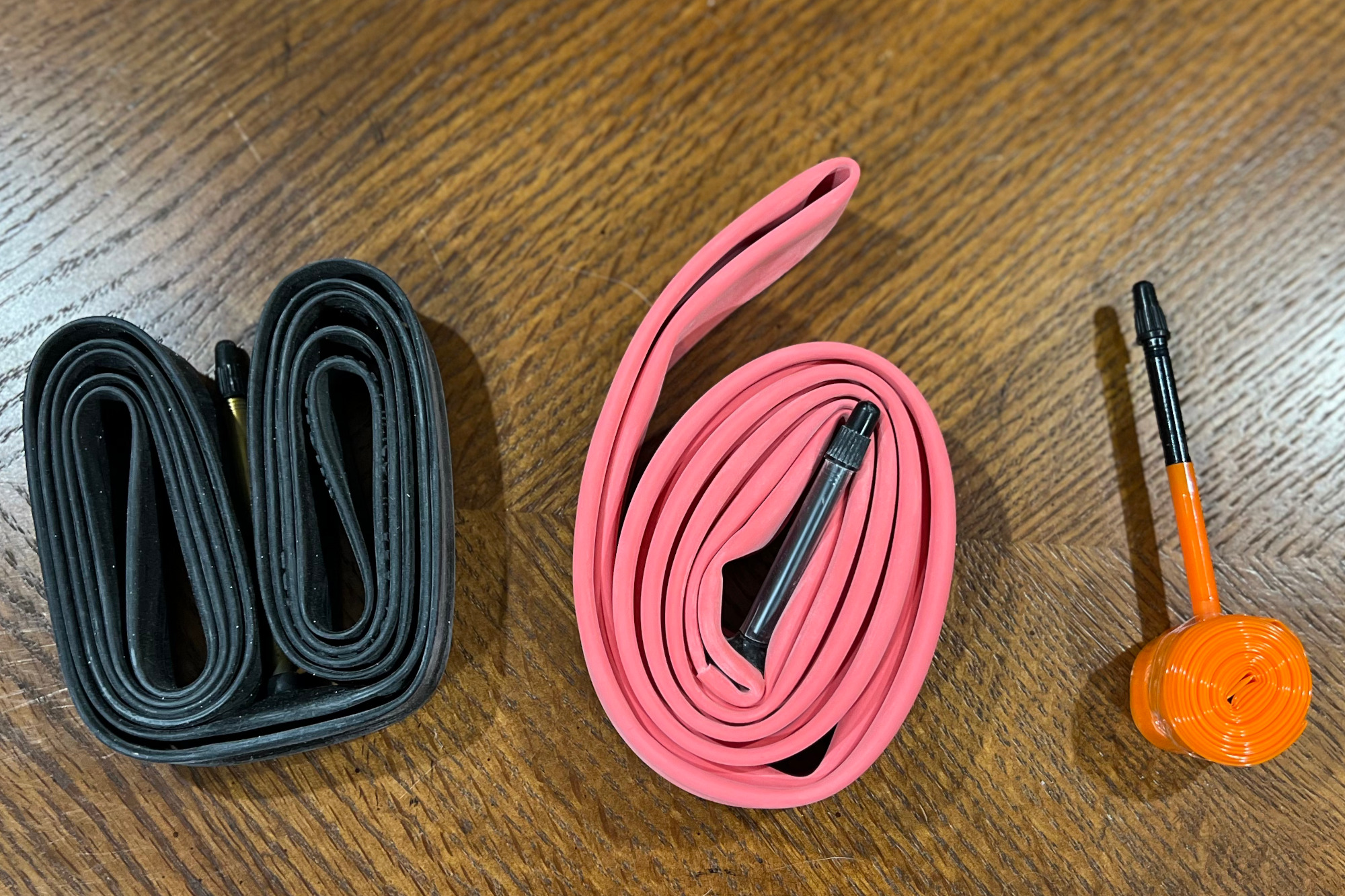
Butyl, Latex and TPU inner tubes
It is worth firstly understanding the what the different types of tube are, and how they can work for you.
- Butyl is the most common type and has been used for decades on bicycles. These are standard black synthetic rubber tubes that are easy to patch and inexpensive to manufacture and purchase. Price: $5-15/£4-10
- Latex: Technically made of natural rubber, these are lighter and more flexible (and thus have less rolling resistance) than butyl tubes but do not retain air as well. They are also more expensive and harder to repair. This is the type of tube found inside tubular tyres. Price: $15-25/£12-20
- TPU: Short for thermoplastic polyurethane (a type of plastic), this is the newest tube type. They can be made extremely lightweight and compact or thick and durable. They can be recycled at the end of their lives and have less rolling resistance compared to butyl tubes. They are, however, more expensive and can be hard to repair. Price: $20-40/£30

Compared to tubeless tire setup, tubes are straightforward and create little mess
Why use tubes of any kind?
One of the great things about bicycles is that they last a long time. I regularly see bikes being ridden that are 20 or 30 years old, and occasionally much more than that. Most of these bikes still use tubes, because that’s what they were designed for, and not everyone needs or wants to switch.
Perhaps the most appealing attribute of tubes is the fact that they’re straightforward, with zero mess. even the best sealant can be tricky to use or clean out once it becomes dried gunk. For people who don’t ride very often, being able to simply pump up the tires and go is the easiest option.
Tubes are also necessary when tubeless tires fail. Sometimes a puncture can’t be sealed by a plug or sealant alone, and installing a tube allows you to get home to make more involved repairs.
Another potential benefit to riding with tubes is reduced weight. Tires that are designed for tubes and clincher rims can both be made lighter than tubeless setups, which need to be more robust to prevent air from escaping. This also impacts ride quality—less material in the tire allows for a more supple (and faster, with correspondingly less rolling resistance) ride.
Some World Tour teams, such as Soudal Quick-Step, have been vocal about their use of clinchers with latex tubes for certain races over the last few seasons, when weight and ride quality are paramount. These teams, and presumably their riders, think that clinchers with tubes provide the best performance on the road. Occasionally, teams still ride on tubulars, but most teams now run tubeless tyres with or without inserts, depending on the parcours.
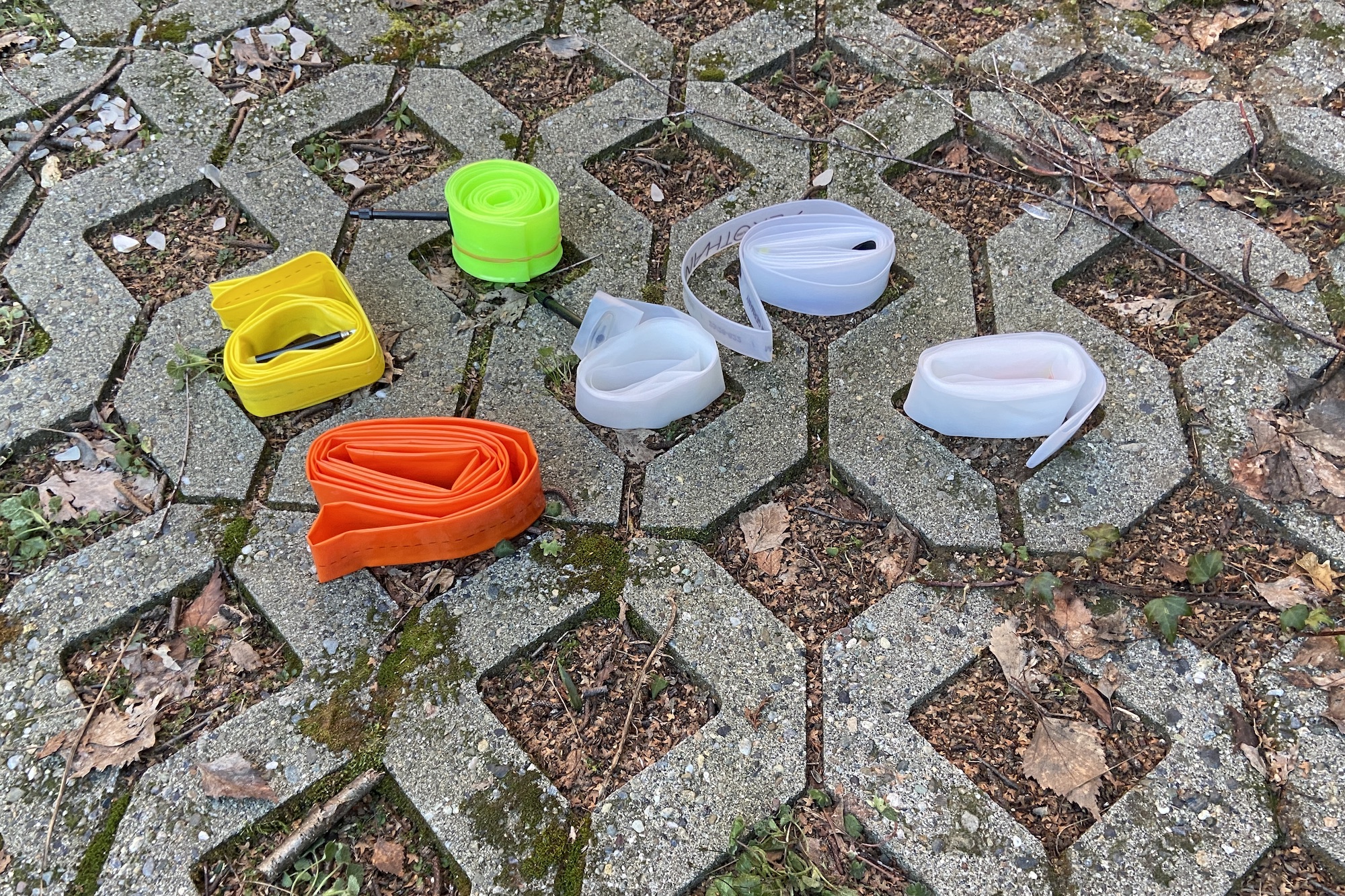
What’s special about TPU tubes?
As a newer technology, some aspects of TPU tubes are still being sussed out. TPU tubes can be made both very thin or very thick depending on the application. They are also available in a wide variety of sizes, which is not the case for latex tubes. There are a number of scenarios in which they excel, and in testing a variety of different ones I’ve learned more about how they can best be utilized.
One of the primary benefits of TPU tubes is that they can be made unbelievably light. The lightest tubes tested below weigh 25-26 grams. A very light weight butyl tube, say Continental’s Race Light, weighs 65 grams but most butyl tubes weigh closer to 80-90 grams. This weight difference, multiplied by two, makes a difference.
For the same reasons they’re light, TPU tubes are incredibly compact when rolled up. A brand new road tube can be a third the size of a comparable butyl tube. This makes them desirable as spares—they take up very little room in a saddle bag or flat kit. For bikepacking trips and similar adventures space is often more important than weight, and thus TPU tubes have become popular as it’s possible to bring several of them in place of a single butyl spare.
Rolling resistance is a tricky thing to measure, and can be subjective, but in general terms the less material present in a tire and tube module, the more it’s able to flex and give with the road surface. Thin, high-end tires combined with thin, high-end tubes provide a ride quality that “floats” over road imperfections more readily than a thicker, more puncture resistant setup. And, usually, ride quality translates to speed.
Another selling point touted by manufacturers is increased puncture resistance. I didn’t have any on-the-road punctures in the course of testing, but that may not have anything to do with the tubes themselves. Certainly the thicker tubes I tested seem like they would be harder to puncture, but that’s the extent of what I was able to determine. I did, however, experience multiple valve failures.

There surely must be a drawback?
One significant drawback of TPU tubes is the cost: they’re expensive. When a butyl tube can be purchased for $5, paying $40 for something that functions almost identically can be hard to stomach. For most people, TPU tubes are probably unnecessary, however, if weight is important to the point that you’re willing to spend hundreds of dollars chasing grams, the cost of two TPU tubes is quite reasonable.
TPU tubes are also hard to repair. When possible at all, patches need to be applied in a very clean environment for the adhesive to bond and need time to cure before they’re ready to use. In the course of my testing I found mixed success with patching punctures. Assuming the hole is small, it’s possible, but it isn’t as easy as patching a butyl tube.
They’re also temperature sensitive. Not all TPU tubes are compatible with CO2 inflators due to the extreme cold caused by the thermodynamic shift as the CO2 changes from liquid to gas. And, on the other end of the spectrum, some TPU tubes are not sanctioned for use with rim brakes due to excessive heat build up from braking friction.
The biggest issue with TPU tubes is the fragility of the valves. This is a key weight saving measure—a plastic valve is lighter than a metal one, but it’s also the likeliest failure point. Pumps put pressure on valves stems during the inflation process, and for some plastic valves this is too much. It’s a lousy feeling to be out in the woods somewhere trying to fix a flat and snap the valve off your only spare tube. I had this happen to me more than once, snapping one valve stem off completely and cracking others. Additionally, plastic valves are smooth, so a pump that threads onto the valve stem won’t work to inflate the tube, which is another scenario you don’t want to experience while out of cell-phone range.
Frequently asked questions about TPU inner tubes
Are TPU inner tubes worth it?
Based on the outcome of our testing, there are certainly areas where TPU inner tubes are very well applied. For those not already using tubeless tyres, absolutely, it is almost a no-brainer over latex for their durability and ability to hold pressure.
For those questioning if they are a faff-free alternative to a tubeless setup, it is unlikely to improve anything other than the initial install. Thats said, they are now a very viable spare option to have in your back pocket for if something serious happens with your tubeless setup out on the road or trail.
Is there a weight limit on TPU inner tube?
As far as we are aware, there is no weight limit on TPU tubes; however, there are other restrictions depending on the manufacturer. Like any tyre and tube, there will almost certainly be a limit on pressure. Some also restrict the use of CO2 and compressors. Very few, like Vittoria, actually limit their tubes to disc brakes only.
Can TPU tubes be repaired or patched?
Quite simply, yes, of the tubes we have tested, they can all be patched or repaired. Patches are not always supplied, but they are certainly purchasable and help to justify the much higher costs of TPU tubes over Butyl.
The latest race content, interviews, features, reviews and expert buying guides, direct to your inbox!

Tyler Boucher is a former (and occasionally still) bike racer across several disciplines. These days, he spends most of his time in the saddle piloting his children around in a cargo bike. His writing has appeared in magazines published in Europe, the UK and North America. He lives in Seattle, Washington.
- Matt Ischt-BarnardEcomm and Tech Writer
